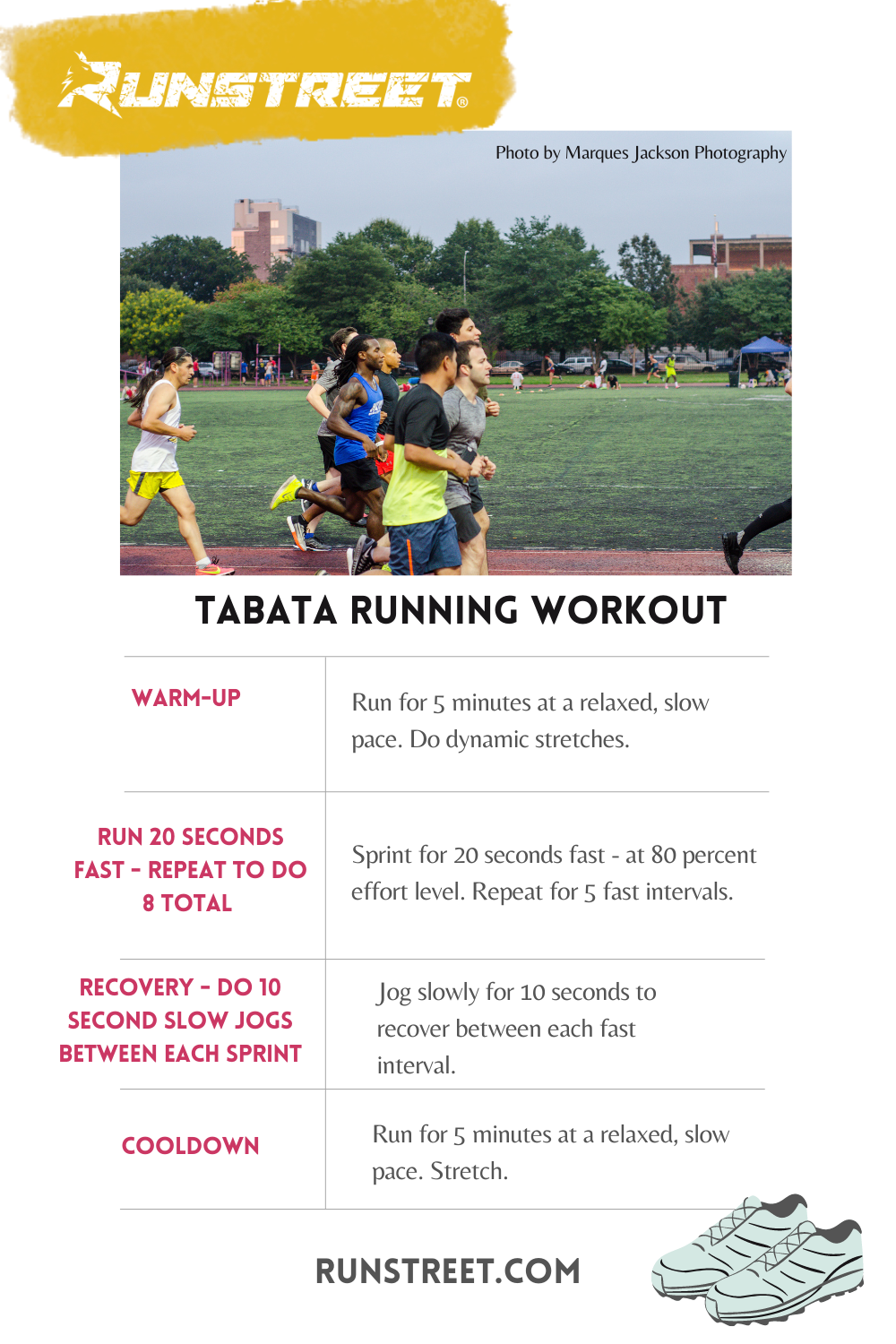Maximize Your Running Workout: Specialist Strategies Introduced
Maximize Your Running Workout: Specialist Strategies Introduced
Blog Article
The Ultimate Guide to Handling Discomfort When Running
Whether you are a skilled marathoner or just starting your running trip, recognizing the various types of pain that can emerge and the approaches to resolve them is critical. From pre-run warm-up routines to correct shoes selection, there are numerous variables to think about when it comes to dealing with pain while running.

Understanding Various Kinds Of Running Pain
When running, it is vital to identify in between different types of discomfort to avoid injuries and optimize efficiency (Read More). One usual kind of discomfort that runners might experience is muscle discomfort, which typically emerges from the stress and anxiety placed on muscle mass during workout. This sort of pain is usually a typical component of the running process and can be managed via appropriate workout, cool-down, and extending routines
Another kind of pain to be familiar with is joint discomfort. Joint discomfort can indicate problems such as overuse, inappropriate form, or underlying problems like joint inflammation. Neglecting joint pain can cause a lot more extreme injuries, so it is crucial to deal with any type of pain without delay and possibly seek professional guidance.
In addition, sharp or stabbing pains must not be ignored. These kinds of pain can indicate severe injuries such as pressures, strains, or stress fractures - running workout. Remaining to go through these kinds of discomfort can worsen the injury and lengthen recuperation time

Pre-Run Workout and Extending Regular
To prepare the body for a running session, applying an efficient pre-run warm-up and stretching regular is necessary. A correct warm-up aids boost blood flow to the muscular tissues, improves adaptability, and reduces the risk of injury throughout the run. By integrating a consistent pre-run warm-up and extending routine into your running program, you can enhance performance and minimize the risk of discomfort or injury.
Correct Footwear Choice and Fit
Selecting appropriate shoes that fits well is crucial for runners to avoid discomfort and lower the danger of injuries. Ill-fitting shoes can cause sores, black toenails, shin splints, and other excruciating conditions that can impede efficiency and sideline training. When choosing running footwear, it is necessary to consider aspects such as foot kind, running gait, arch support, padding, and footwear size. running workout. Seeing a specialty running store for a gait evaluation and expert fitting can help make certain that you choose the right footwear for your specific needs. Running shoes ought to give adequate support and security while also being comfortable and light-weight. In addition, it is advised to replace your running shoes every 300-500 miles to maintain appropriate cushioning and assistance. Spending in top quality footwear that is suitable for your running design and foot composition is an aggressive action in the direction of preventing pain and injuries during your runs.
Nourishment and Hydration Tips for Discomfort Prevention

Hydration is just as essential for joggers to stay clear of pains, dehydration, and other pains that can lead to pain throughout running. By prioritizing nourishment and hydration, runners can improve their efficiency, minimize discomfort, and enjoy a more comfortable running experience.
Post-Run Recovery Techniques to Relieve Discomfort
Executing effective recovery strategies is essential for reducing pain and advertising muscular tissue recuperation after running sessions. In addition, topping aching areas for 15-20 minutes can help reduce swelling and numb discomfort post-run.
Hydrating sufficiently post-run is important for renewing fluids lost Bonuses throughout workout and aiding in muscle recuperation. Taking in a balanced snack or dish that consists of protein and carbohydrates within half an hour of finishing a run can aid fix muscle mass cells and renew power shops. Furthermore, getting adequate remainder is vital for enabling the body to fix and strengthen muscular tissues. Incorporating energetic recovery activities such as light strolling or swimming can also assist promote blood circulation and reduce muscle rigidity - Read More. By incorporating these post-run healing techniques right into your regimen, you can successfully manage pain and optimize your running performance.
Verdict
To conclude, attending to different sorts of running pain via appropriate workout, stretching, shoes option, nourishment, hydration, and post-run recovery methods is vital for discomfort prevention and management. By recognizing the root causes of discomfort and executing these approaches, runners can decrease pain and prospective injuries. It is crucial to focus on overall physical health and wellness and health to guarantee an effective and pleasurable running experience.
Report this page